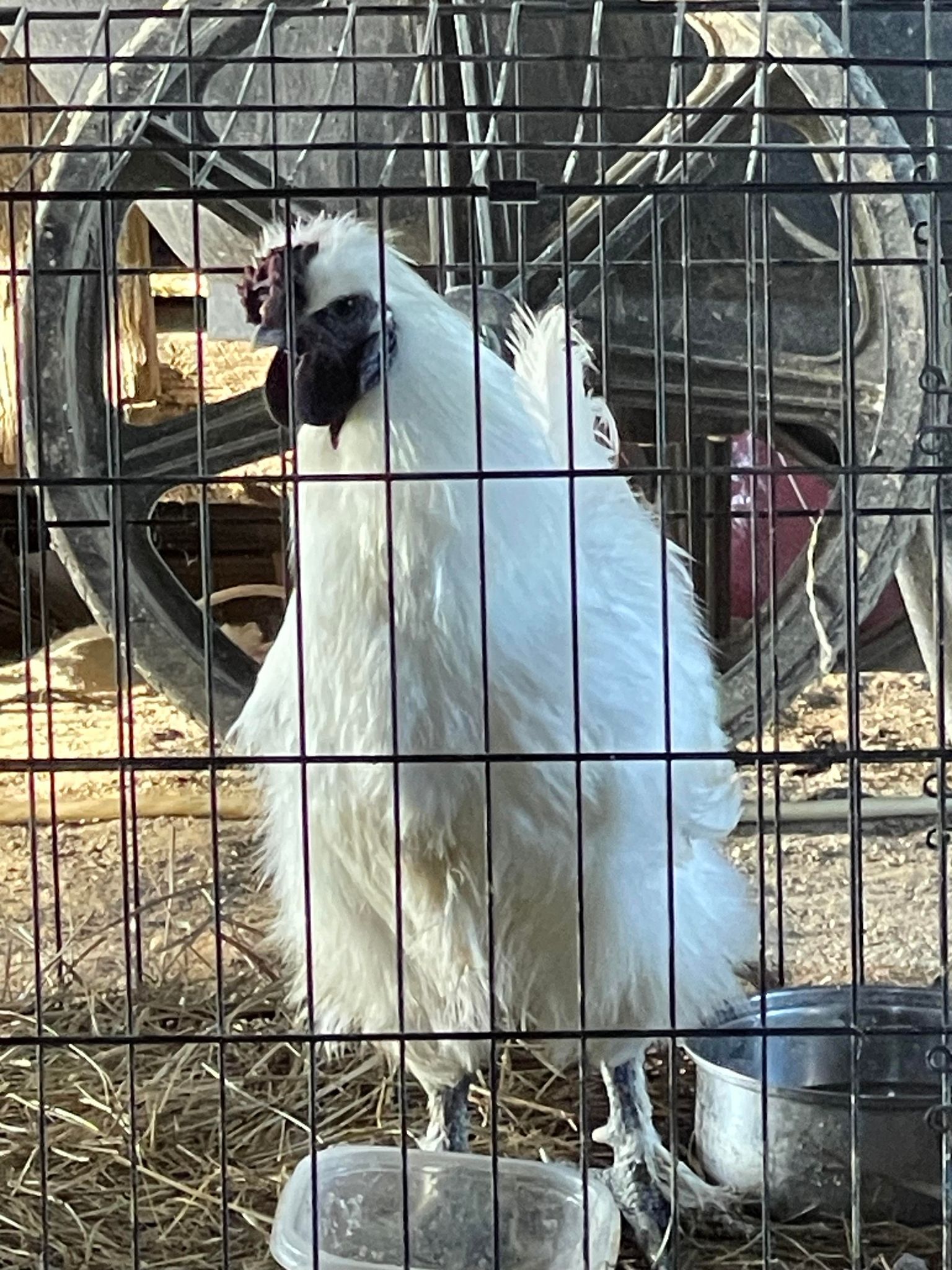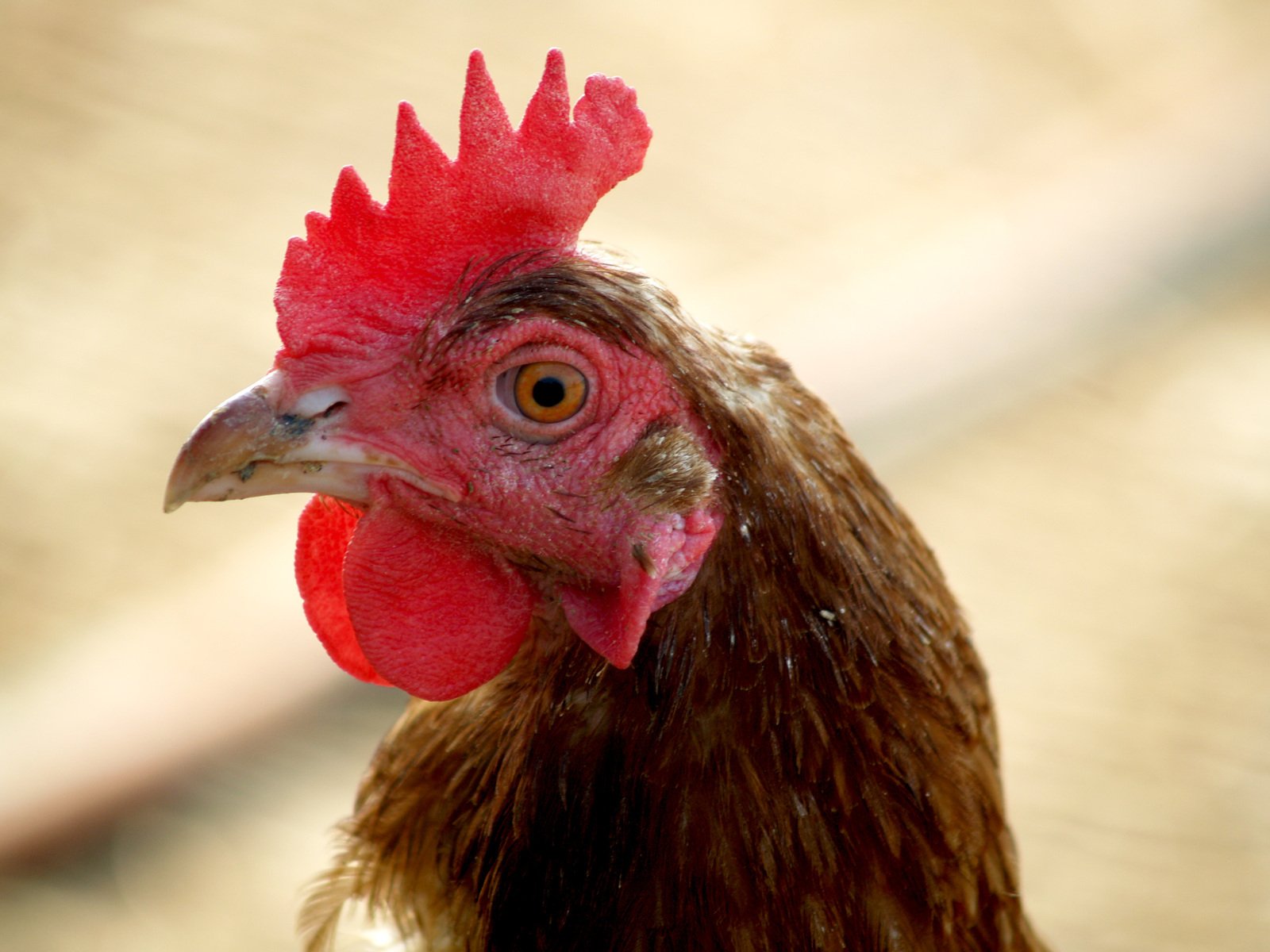When one thinks of rural landscapes or even the quintessential farmyard scene, the crowing of the rooster at dawn often comes to mind. This iconic image of a rooster perched atop a fence, greeting the first rays of sunlight with a robust “cock-a-doodle-doo,” has been depicted in numerous forms of media, from films and storybooks to morning alarms on our devices. But have you ever wondered why roosters crow in the morning, and what this behavior might signify? This article delves into the science behind the dawn chorus, exploring what prompts roosters to crow and what it signifies in their natural communication.
Why Do Roosters Crow in the Morning?
Roosters are well-known for their crowing, a loud and distinct call used for various forms of communication. But why do they choose to do this in the early morning hours?
- Signaling the Start of a New Day: Roosters have an internal biological clock, known as the circadian rhythm, that helps them anticipate sunrise. This rhythm is influenced by the light-dark cycle of 24 hours, allowing the rooster to sense when dawn is approaching even before the sun actually rises. The crowing acts as an alarm clock not only for humans but also for other animals, signaling the beginning of a new day.
- Territorial Declaration: Roosters crow to assert their territory and communicate their dominance to other roosters. By crowing at the break of dawn, they establish their presence and send a clear message to other roosters to stay away from their claimed area, ensuring the safety of their flock.
- Attracting Mates: The crowing of a rooster isn’t merely a wake-up call or a territorial statement; it’s also a serenade to potential mates. Female chickens, or hens, are often attracted to roosters that crow loudly and frequently, as it indicates strength and vitality.
What Does the Crowing Mean?
Deciphering the ‘language’ of roosters, research has shown that the crowing is not a random act but communicates specific messages.
- Hierarchical Status: In a flock, not every rooster gets the opportunity to greet the dawn with a crow. Typically, the alpha rooster, or the dominant male, is the first one to crow, establishing his position at the top of the pecking order. Subordinate roosters usually wait for the alpha to finish before they start their crowing, symbolizing their lower status within the flock.
- Warning Signal: Besides signaling the start of a new day, roosters also crow to alert their flock to potential dangers. If a rooster spots a predator, it will sound the alarm with a unique crow, notifying the flock to seek shelter.
- Health Indicator: The frequency and quality of a rooster’s crow can indicate its health status. Roosters in good health crow more often and with a more robust tone, while a weak or sick rooster may have a feeble crow or may not crow at all.
Conclusion
The crowing of roosters at dawn is not merely a natural alarm clock; it’s an intricate form of communication that fulfills various functions within the avian world. Whether it’s to assert their dominance, attract a mate, warn of danger, or simply announce the start of a new day, roosters utilize their crow to send clear messages in the break of dawn. The next time you hear a rooster’s crow, remember that it is not just a call—it’s a declaration, a warning, a courtship, and a sign of vitality all rolled into one.

